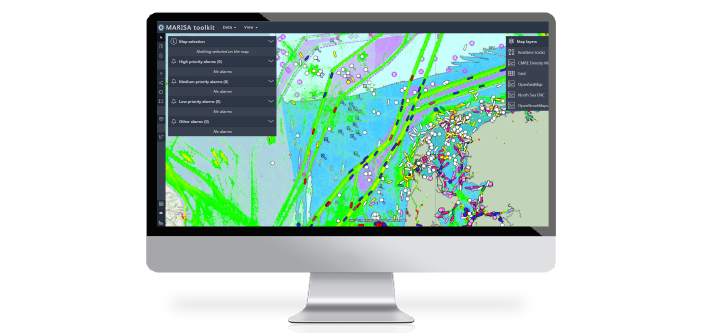While the sea is vital to the European economy, it can also be a haven used by criminals and terrorists. Threats that prevail in the maritime domain include: piracy, trafficking of drugs, illegal immigration, trade of illicit goods, arms proliferation, illegal fishing, environmental crimes (e.g. oil spills) and maritime accidents and disasters. In order to manage all those threats, and considering the number of European and national government agencies that have missions on the sea, there is a real need for Europe to enhance cross-border and cross-sectoral cooperation to deliver better maritime security.
The EU Maritime Security Strategy (EUMSS), advocates the “strengthening of […] the information exchange to optimize the surveillance of the EU maritime area and its maritime borders”. EUMSS provides a common framework, creating the link between internal and external policies and bridging the civilian and military worlds.
Maritime Integrated Surveillance Awareness (MARISA) is a project funded by the European Commission. This project comes at a time when the benefits of data exchange have been proven; definitions of the European CISE data model, services, and nodes exist; and information sharing is progressively becoming operational. MARISA, therefore, focuses on taking these benefits to the next level, while remaining completely integrated in the current European policy. With twenty-two partners from nine European countries working together to develop the solution, MARISA helps coast guard organizations monitor the situation at sea. Securing maritime traffic and human lives is fundamentally important for our continued well-being. The most important way to cost-effectively enhance security and safety at sea is to cooperate at national and international levels.
There are an increasing number of activities on the seas and oceans, and it is becoming extremely difficult to monitor all these activities without the help of advanced systems. Identifying suspect maritime situations requires knowledge and expertise from the coast guards. But a system that can use various data sources, fuse them, and extract insights for detecting suspicious maritime behavior is helpful. Of course, the coast guard has the final say on an alert, if it’s real or not. The MARISA toolkit has been designed to leverage the power of individual source data such as satellite imagery, AIS data or OSINT. It can also integrate advanced services that analyze those sources to create correlated information. That’s when the machine can go much faster than the human and helps in doing repetitive analysis tasks.
The other key aspect to the MARISA toolkit is its Maritime Situational Awareness Web Console. Having the data is important, but presenting it with high accuracy in a professional layout, without any latency, in a modern web architecture was part of the innovation of the MARISA project. The operators need the right level of information at the right time to allow them to take the best decision. That’s a challenge, but the collaboration between the project partners and the practitioners has been very fruitful.
The big question is: what is a successful project? Those research activities often lead to a lot of documents and some presentations. But is that enough to convince coast guards that their collaboration was important? Of course not. The MARISA project was articulated around two sets of trials, with five trials each, coordinated by MARISA partners in collaboration with practitioners from marines, coast guards, and national ministries of defence. The purpose of these trials was to test, evaluate, and validate the MARISA toolkit configured for various scenarios. One trial was for demonstrating the collaboration between the Italian Navy and the Greek MOD. Another one involving the Dutch Coast Guard was targeting comparison between MARISA and its legacy system, not using simulated data, but with real vessels and real people. When a research project reaches that level of validation, the partners can be satisfied of the result.
As the project is nearing completion, one can ask why Hexagon technology was important to the success of the project. Of course, all the partners played a key role in the project, and it would not have been a success without all the players working together. But for the specific part of human-machine interface, Hexagon Geospatial division’s LuciadRIA Web Framework was a powerful product to leverage all of the various information provided by the services and their data.
The LuciadRIA API offers powerful user interface components to support visualization of large volumes of data and provides an easy and optimized interaction for the operator. It demonstrated that even if the user requirements were numerous and complex, the Hexagon solution could satisfy their expectations.
Maritime Integrated Surveillance Awareness (MARISA) is a project funded by the European Commission. This project has received funding from the European Union’s Horizon 2020, research and innovation programme, under grant agreement N. 740698
MARISA Project VIDEO: https://vimeo.com/366198609
MARISA Project Website: https://www.marisaproject.eu/
MARISA LinkedIn Page: https://www.linkedin.com/company/marisa-project-h2020/
MARISA Twitter Profile: twitter.com/MarisaProjectEU
















